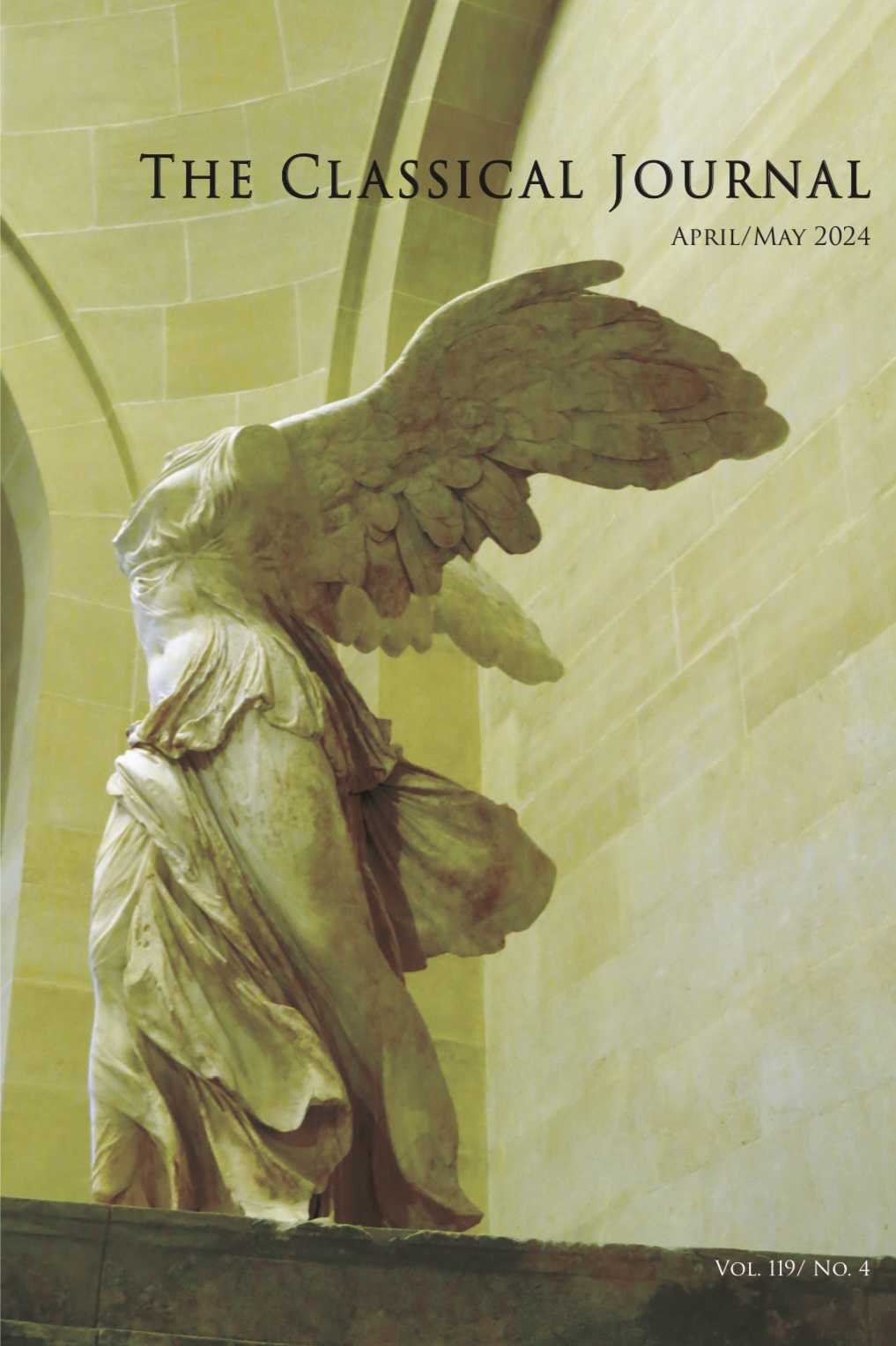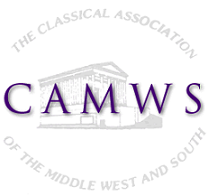The following articles are contained in CJ
104.2
Abstracts of Articles
FORBIDDING MARRIAGE: NEAIRA 16 AND METIC SPOUSES AT ATHENS
The 4th-century law cited at [Dem.] 59.16 prohibiting marriages between citizens and metics has generally been understood as directed against fraudulent marriages and possible infiltration of the citizen body. This article argues that anxiety on the part of Athenian kyrioi may also have been at work. Troubled by the presence of nubile metic women at Athens, and unable to control their male relatives in any other way, they sought to prevent the two groups from intermarrying.
WHAT'S IN A NAME? THE REAL IDENTITY OF PALINURUS IN PLAUTUS' CURCULIO
The characters of Palinurus, servant of young Phaedromus, and the parasite Curculio are intertwined: the roles were likely played by a single actor. Palinurus' sharp wit is complemented by Curculio's scheming, and jointly they bring on stage the servus callidus who is otherwise missing from the Curculio. A clever linguistic double pun on the name of Palinurus and on Curculio's pseudonym Summanus affirms this intimate relationship.
SCHEDULING SPECTACLE: FACTORS CONTRIBUTING TO THE DATES OF POMPEIAN MUNERA
Advertisements painted on Pompeii's walls (edicta munerum) supply precise dates for spectacles there and in neighboring towns. I argue that the spectacles were scheduled to avoid the busiest times in the agricultural year: the organizers of the spectacles, local politicians, wanted the largest possible crowds. Second, I conclude that conflicts with the great spectacles and fairs in Rome were avoided, suggesting that spectators could be expected to travel from as far as the Bay of Naples to Rome and that Romans traveled outside the capital to attend local games as far as the Bay of Naples.
HEARD BUT NOT SEEN: DOMITIAN AND THE GAZE IN STATIUS' SILVAE
Although Statius' Silvae 1.1, 1.6 and 4.1'3 attribute positive virtues to Domitian, they focus on his power and its effects, or his divine nature, but almost never on the man himself. From the perspective of the reader as a physical gazer, Domitian himself appears only twice; he does not interact or converse with his subjects, and is physically isolated. The reader is thus deprived of the chance to assess the emperor's character and policies. The overall impression is of someone upon whom it is unacceptable to gaze freely; this coincides with the picture Suetonius, Cassius Dio and Pliny draw of a Domitian who shunned the public eye.


